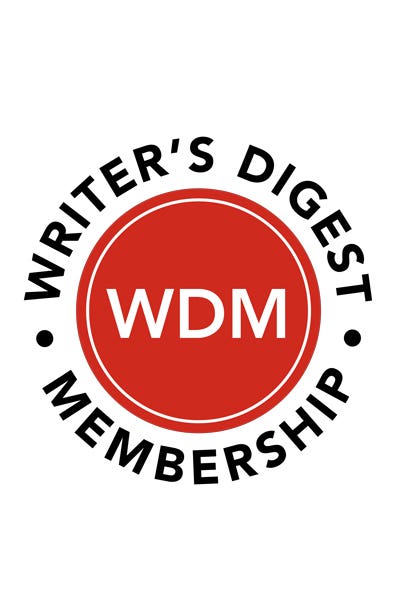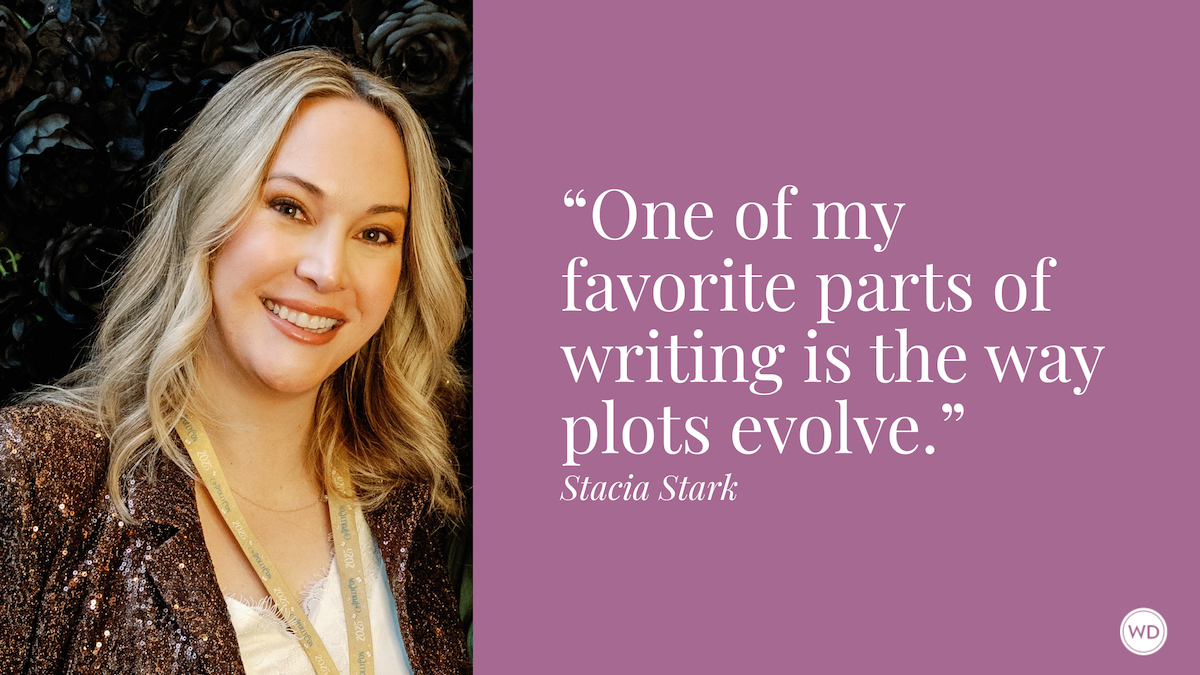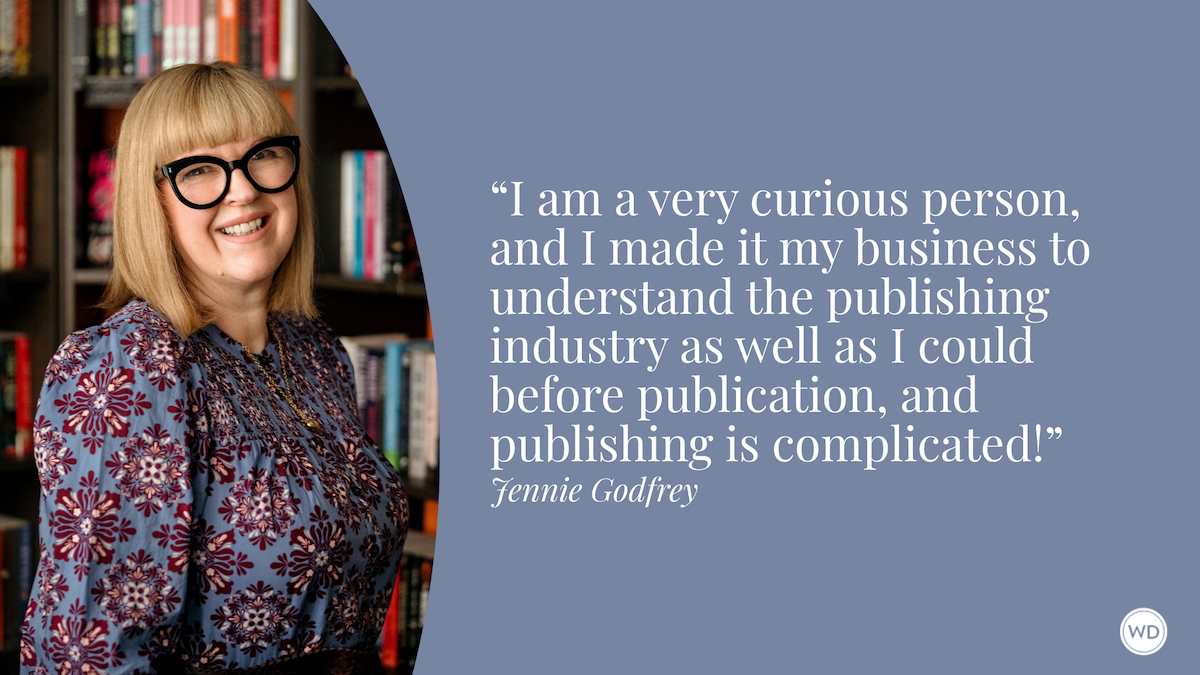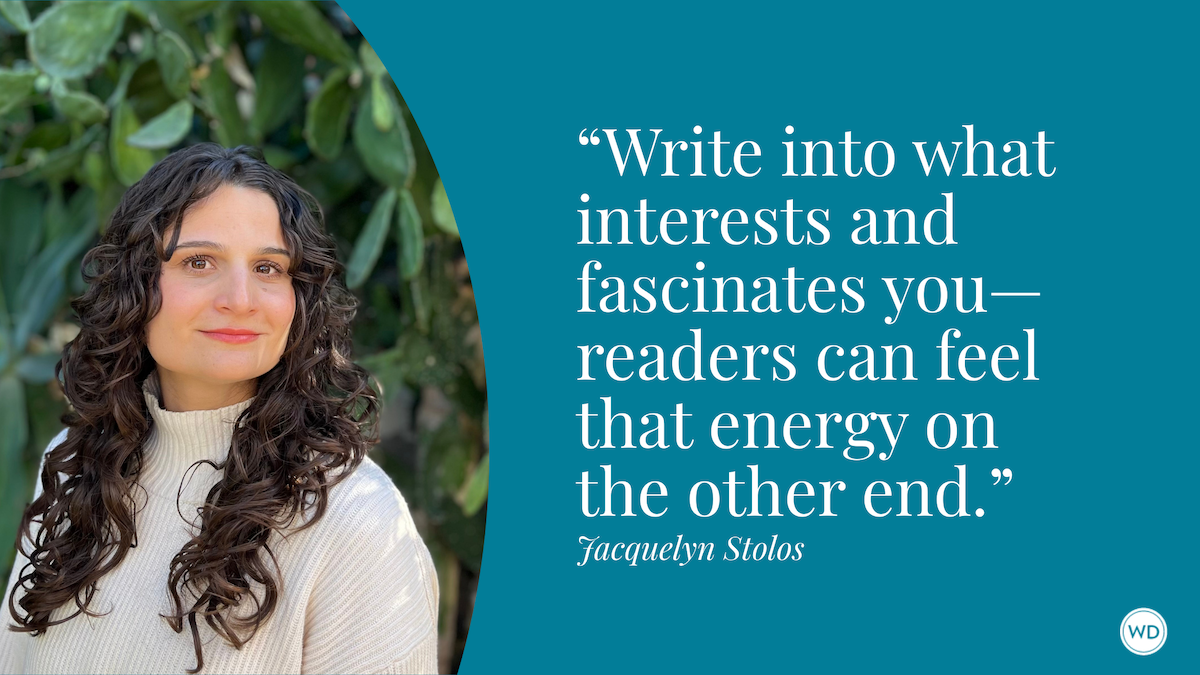6 Lists to Make Writers More Efficient
Looking to make better use of your time? List expert Paula Rizzo details 6 types of lists to boost your productivity.
Lists are one of the most common productivity tools out there. As the author of two books about lists, Listful Thinking and Listful Living, I know that many people don’t take full advantage of them. The classic to-do list gets all the spotlight but there are many more that you can add to your toolkit. This is especially true for authors, who have so many things to keep track of, from brainstorming plot ideas to following up with agents.
I’m going to walk you through some top lists that you may not be using to their full potential—but first, let’s talk about having a list system. You need to have a central place where you can find all your lists. It’s the same way you should always leave your keys in the same place so you know where they are. That consistency is key.
Making lists that you’ll actually use requires some intention. There are lots of organizational tools available for list-making, including Evernote, Asana, and Google Docs. I like to use labeled folders when I use Google Docs for lists. And I love using Remarkable for handwritten lists that then get digitized.
The system matters less than being consistent about using the same app or notebook and being organized within it. That means labeling things with the information you’ll need when you’re looking for it later on. For example, I consider what I might search and put in those keywords. Help your future self and stick to an organization and labeling system that works for you. It might take some time to work out a way of doing things, and that’s OK. Keep working on your system until it feels like it’s serving your needs.
Here are some of my favorite lists for authors, and how to use them effectively to boost creativity and productivity.
1) To-Do List
We’ve probably all made a to-do list before. But it’s easy for to-do lists to undermine your productivity if you aren’t careful. They can get clogged up with clutter and tasks that are distracting you from your goals.
For writing-related to-do lists, I like to use the Bucket Method. This is an idea that my friend and author Polly Campbell came up with. Your to-do list has three “buckets”: Create, Develop, and Deadline. In the Create column, put down your actionable creative tasks, like writing a scene for your novel or editing a chapter. For ongoing, growth-oriented tasks related to growing your skills or your reach, like taking a class or growing your business, add items to the Develop column. Lastly, the Deadline column is for tasks that need to be done today, like sending out your newsletter.
I like this method because it helps reconnect you with your purpose by categorizing tasks by their purpose.
2) Ideas List
This is a classic list for a reason. Ideas for writing can come to you at any time and it’s a good practice to keep track of them. This is another way to help future you. You might have an idea now that could really help you down the line. Whether it’s a plot idea, a direction for a nonfiction project, or a training course that your readers might enjoy, keep track of one dedicated ideas list.
3) Left-Off List
This is one you may not have heard of before. I use left-off lists when I’m wrapping up a project for the day. I just write down a couple things about where I left off so that when I return to it, I can pick up and jump back in. This is another list that future-you will thank you for!
4) Character List
When I started my novel, I also started keeping track of characters using a dedicated list. This is a place to jot down ideas for characters, whether they’re ones you’re writing about in a current project or a character that might fit into another story. I have a Google Doc that I use to keep track of characters, and I love it. Also, if I get an idea for another character, I make sure to write it on my list so I don’t forget when I need some inspiration.
5) Goals List
This is a place where you can keep track of your writing goals. What do you want? These can be big goals, like publishing a bestseller, or more immediate ones, like developing a consistent writing routine. This is different than a to-do list, because the point isn’t to check off a goal each day—it’s to keep track of what you’re working toward. Looking at your goals, adding to the list, and seeing the way you’re getting closer to them is a great motivator.
6) Why-I’m-Doing-It List
I saved this list for last because it’s one of the most important—and one that many people don’t make time to create. This is the list of your “whys”: Why do you do what you do? What drives you and fuels your passion for writing?
For some writers, the answer might be to share their knowledge with people who need it. For others, the reason is to tell a story that needed to be told. This is a list that will be specific to you and your story. It’s a list that you can return to when you’re feeling stuck, tired, or discouraged. Seeing your “why” written out is often the boost you need to feel engaged and inspired by the work you’re doing.
Paula Rizzo is an Emmy Award-winning television producer, bestselling author of Listful Thinking & Listful Living, media-training coach, speaker, LinkedIn Learning Instructor, host of the live-stream show “Inside Scoop,” and creator of the popular online training Media-Ready Author. Grab Paula’s free guide, 10 Media Questions Every Author Needs to Answer, to create buzz for your book.









